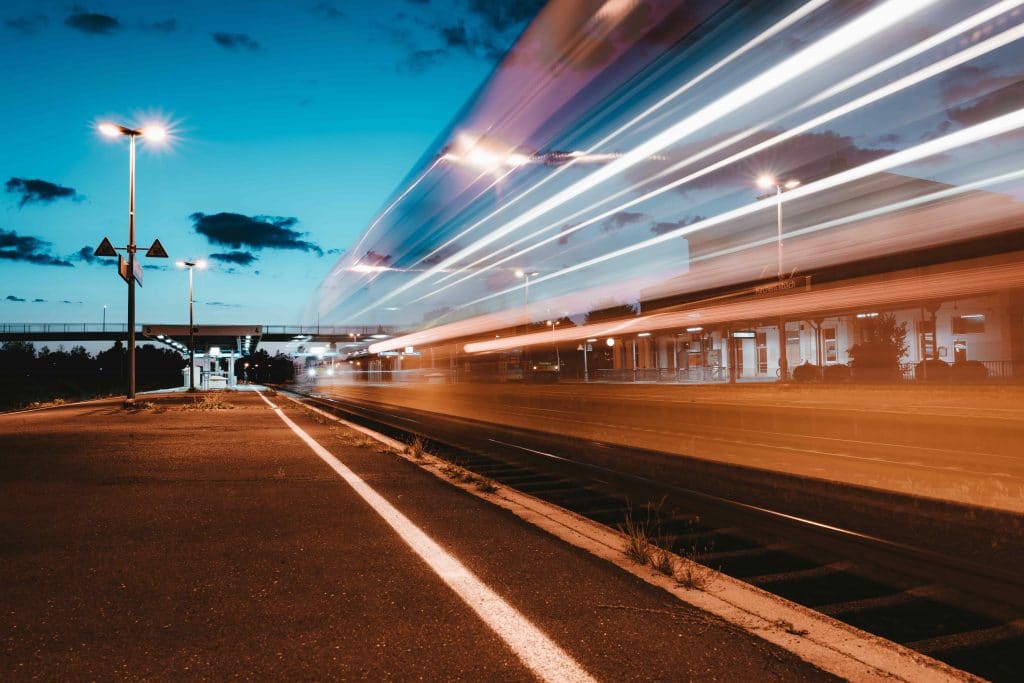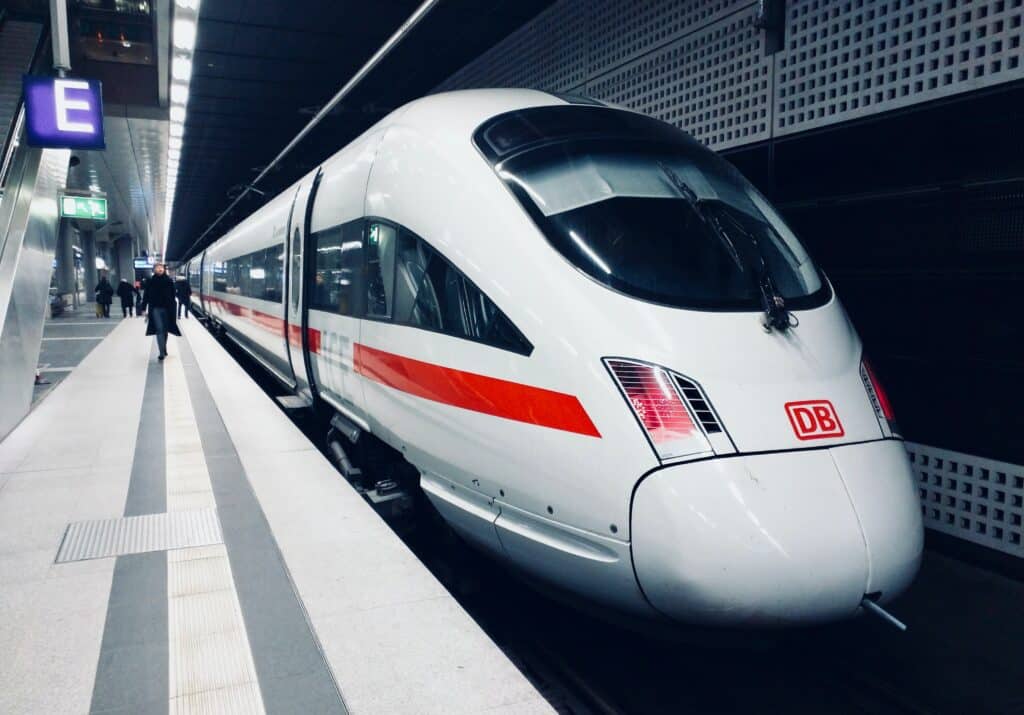The paper “Modal shift – A dream?” will be presented at the 2nd Florence Rail Conference (9-10 December, 2021).
ABSTRACT:
The European rail initiative Shift-to-rail (S2R) aims at increasing the competitiveness of rail passenger and freight transport through research and innovation. This study, within the cross-cutting S2R project IMPACT-2, analyses how the modal shift will change in response to the expected innovations in the rail sector once they have been deployed. To this end we utilize related work also conducted within IMPACT-2 concerning estimation of the S2R innovations’ effects on train and track capacity, average delay minutes per train, operational and track costs, as well as improved customer experience through advances in booking & ticketing, information, and comfort & services, and, in the freight case, also train speed and loading/unloading times.
We take into account that there will be innovation and fast technological development also in the road sector, e.g., by fast electrification and automation of vehicles (for instance, the EU requirements for the average emissions of newly registered light vehicles in 2025 and 2030 are difficult to achieve without a high proportion of electrification). The impact on modal shift in varying European regional conditions is analysed by standard transport models and benefit analyses.
Four case studies are undertaken to analyse modal shift, focusing on different transport segments and European regions: 1) a high-speed passenger corridor, 2) a regional passenger corridor, 3) a metro corridor, and 4) rail freight transport in an entire country (Sweden). For the passenger cases, discrete choice models are utilized, whereas in the freight case the Swedish cost-minimizing model Samgods is used. In addition to analysing the impact on mode choice, we also analyse the social benefits of the improvements.
The results of the mode choice analysis of S2R innovations shows substantial modal shift compared to the baseline without S2R innovations for the high-speed case (from 24% to 35%), for the regional case (from 18% to 29-40% depending on value of time assumptions) and for the rail freight case (from 25% to 56%), whereas the modal shift is minor for the metro case (from 30% to 31%).
Thus, we find indications that S2R innovations can improve competitiveness of rail substantially. However, in the case of passenger transport, the positive effects of the innovations are forecast to be wiped out by the fast development and spread of electric and autonomous cars. Social benefit calculations indicate that the new road technologies significantly reduce the benefit in rail improvement. This study has however not included modelling of congestion in the road sector. Adding road congestion to the modelling would probably increase social benefit of the rail improvements in dense urban areas since it hampers the shift to road. This raises the question how much congestion electrification of road transport is likely to cause in European cities and motorways. We underscore the benefit of addressing these congestion problems by pricing congestion externalities and that such accurate pricing is likely to improve the social benefit of railway travel in urban areas.
Acknowledgement/disclaimer:
The results leading to this publication have received funding from the Shift2Rail Joint Undertaking under the European Union’s Horizon 2020 research and innovation programme, grant agreement No 777513 for the project “Indicator Monitoring for a new railway PAradigm in seamlessly integrated Cross modal Transport chains – Phase 2”, IMPACT-2.
The publication reflects only the author’s view. The JU is not responsible for any use that may be made of the information it contains.







